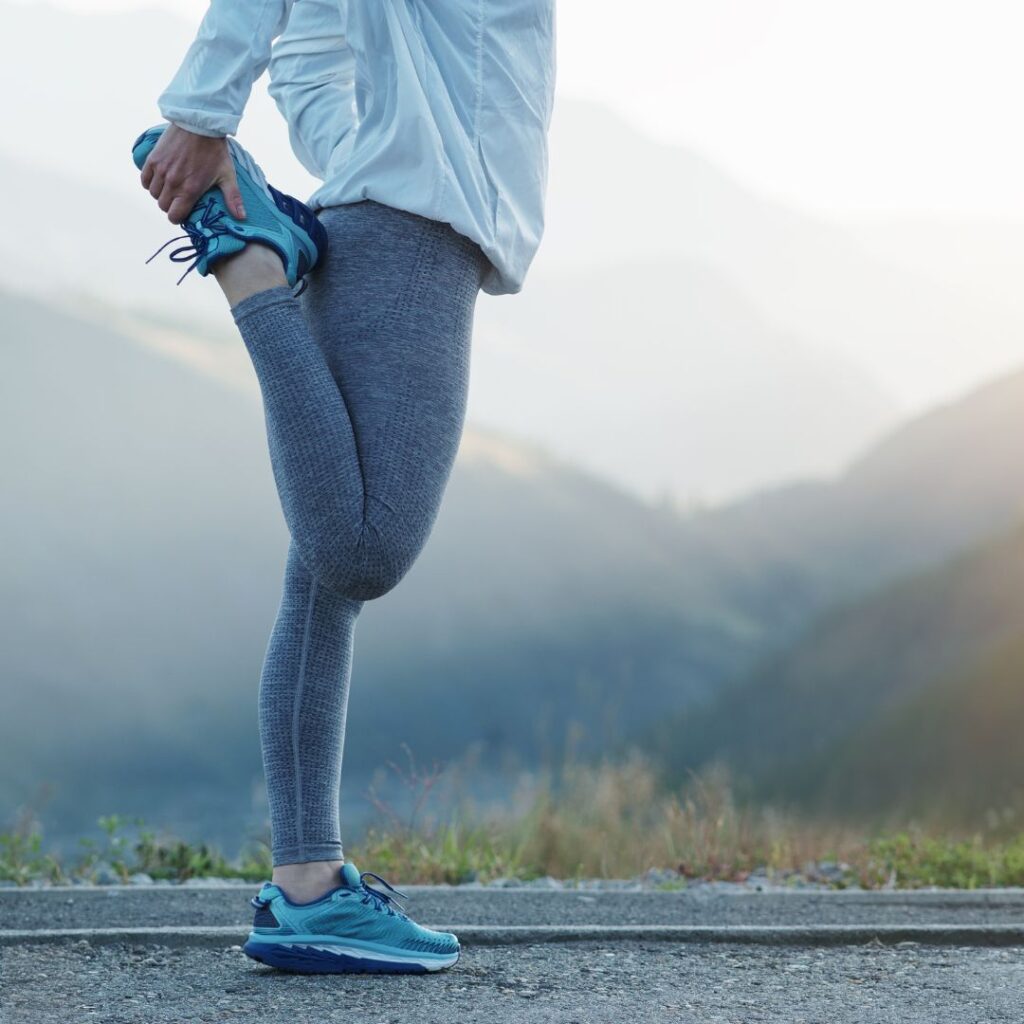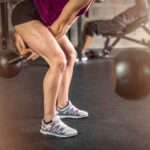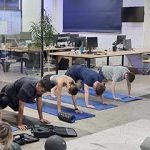Flexibility vs Mobility:
In the world of movement, fitness and injury prevention, you may have heard the terms flexibility and mobility used interchangeably more than a few times. They may look alike but they have different roles in how our bodies work. Knowing the difference can be the difference between moving better, reducing the risk of injuries, and optimising your performance in any physical endeavor.
What is Flexibility?
Flexibility is the range of motion of a joint or group of joints, or the ability to bend without breaking. It relates to the passive range of motion of your muscles and joints. An elastic muscle can stretch farther without moving, but that doesn’t really tell you if you can move through that range.
For example:
You generally have good flexibility if someone can get you into a deep hamstring stretch and you can hold it comfortably.
If you can do a split but can’t get into the position, that’s flexibility, not mobility.
Flexibility is determined by several factors, including the length of muscle, elasticity of connective tissues, and function of the nervous system. Static stretching done regularly (holding a stretch for a time period) can improve flexibility. But flexibility by itself does not ensure efficient movement or injury prevention. This is where mobility plays a role.
What is Mobility?
Mobility, however, is your capacity to move, or bend, under your own volition. It’s an active pursuit requiring strength, coordination and stability to navigate a complete range of motion.
For example:
Good mobility is being able to squat down to your lowest point and rise back up without any aid.
If you can lift your leg that high without using your hands to pull it up, that’s mobility.
Joints, muscles, neuromuscular control, and flexibility all affect mobility. It enables you to get around quickly and safely during exercise and everyday tasks. As you grow older, it can become challenging just to bend down and tie your shoes, reach overhead to grab something from a high shelf, walk from room to room in your house or get out of bed in the morning.
Why Both Matter
Flexibility without mobility would be like a rubber band that can stretch far, but has no snap back. Mobility without flexibility, on the contrary, can become tight movement patterns and repetitive motions that lead to constraints. Here’s why you need both:
Increased Risk of Injury: Limited mobility can cause compensatory movement patterns that place greater stress on your joints and muscles. If you can move flexibly but you aren’t strong in certain positions, you may be more injurable. Mobility development prepares your joints for the range of movement your lifestyle requires.
Improved Performance – This is especially true for athletes and fitness enthusiasts who rely on mobility to move efficiently and with power. Whether you work out with weights, run, or play sports, mobility helps you with good technique and reduces strain. When mobility is lost, any movement as basic as a squat can be ineffective and actually cause damage.
Daily Functionality: Mobility isn’t just for athletes. It’s a part of how easily you move through life, whether that’s getting out of bed or leaning down to pick something up. Good mobility means movement feels easier, more natural, and pain-free, which has a positive effect on the quality of life.
A real life example?
Imagine this: You sit at your desk all day at work, then go to the gym or for a jog. A couple weeks in, your lower back is stiff and your hamstrings are always tight — no matter how often you stretch. Sound familiar?
The problem isn’t just tight hamstrings — it’s probably bad hip mobility and weak glutes. When hip flexors are tight from too much sitting, they yank your pelvis into an anterior tilt, which makes it more difficult for your glutes to activate properly. This means that any time you move — running, squatting, deadlifting — your hamstrings and lower back bear the extra load.
This overcompensation causes chronic tightness in the hamstrings (since they are working overtime) and strain in the lower back (because it is trying to stabilise movement that should be happening at the hips). Over time, this can lead to pain, stiffness or even injury — such as a hamstring strain or lower back tweak.
The fix? Open your hips and warm up those glutes. Stretching your hamstrings alone won’t fix the underlying problem, but adding hip flexor stretches, glute bridges and core stability work will help restore normal movement patterns and relieve some of the tension on your low back and hamstrings. Move well, and your body will appreciate it.
How to Improve Both
If you’d like to move better, feel stronger, and minimise pain or stiffness, both flexibility and mobility need attention. Here’s how:
Improving Flexibility
Static Stretching – It consists of holding a stretch for 20–60 seconds, targeting tight areas such as hamstrings, shoulders, and hips.
Yoga – Many yoga postures promote flexibility by lengthening muscles and increasing the range of motion.
Foam Rolling – Can alsi relieve tight muscles and improve your tissue quality, leading to more flexibility over time.
Improving Mobility
Dynamic Stretching – Move through ranges of motion with control (e.g., say, leg swings, arm circles, hip openers). This prepares muscles and joints for activity.
Full Range of Motion Strength Training – Exercises such as deep squats, lunges, and overhead presses make you stronger and mobile. Mobile joints are supported by strong muscles.
Joint Mobility Drills Controlled Articular Rotations (CARs) help maintain healthy, mobile joints, and prevent stiffness and dysfunction from accumulating over time.
Functional Movement Patterns – Mobility exercises simulate real-life movements which help improve your daily body mechanics.
Conclusion: The Prerequisite to Freedom of Movement
Flexibility and mobility are both important for movement and health, but they’re not the same thing. Flexibility allows your muscles to extend and stretch, while mobility gives you strength and control to use that range of motion. You can, however, be stiff and restricted even if you only stretched. Conversely, if you only focus on building strength and not gaining any range of motion, then you fall short of potential and also increase risk of injury.
Adding both flexibility and mobility work into your weekly routine will not only make you feel better, but will increase performance, reduce injury risk and improve quality of life.
If you’re ready to reach your health goals while enhancing your daily movement and optimising your biomechanics, connect with one of our expert trainers at Functional For Life PT. They’ll help you move better, feel stronger, and unlock your full potential.
Move today—it is a gift to future you!






